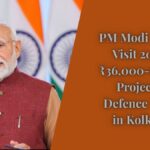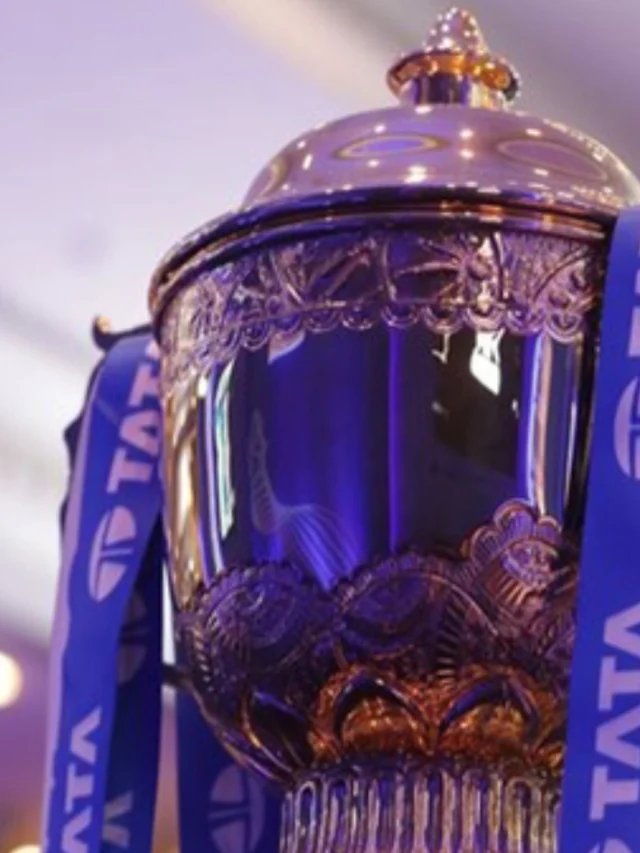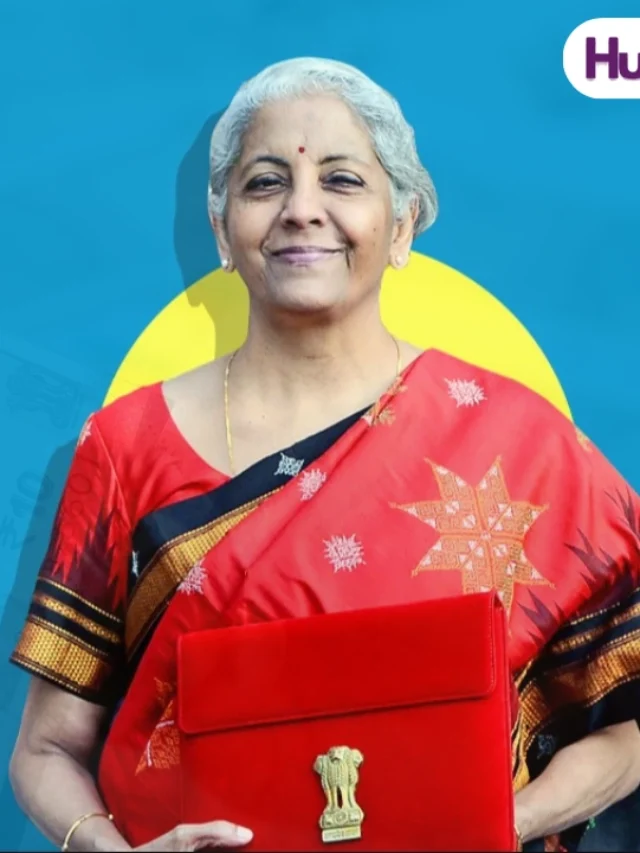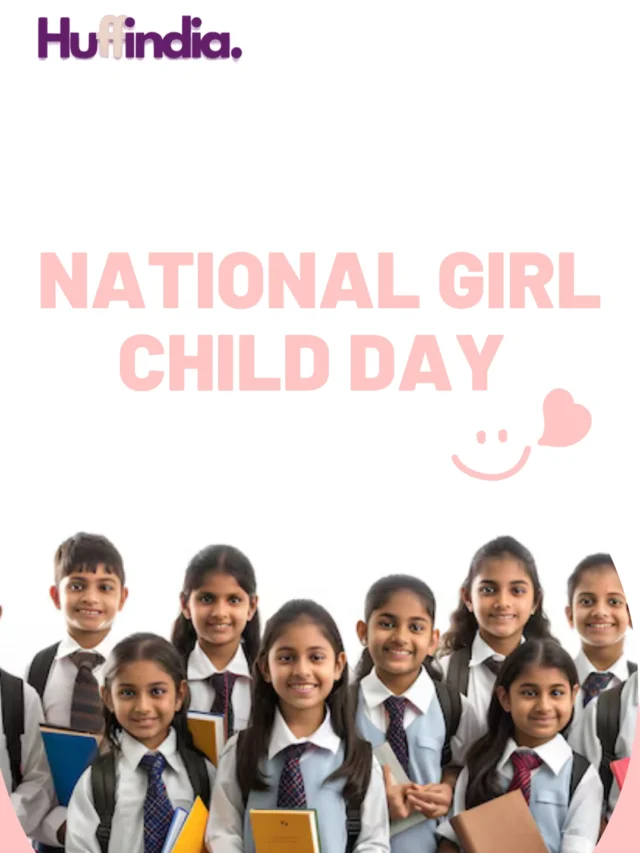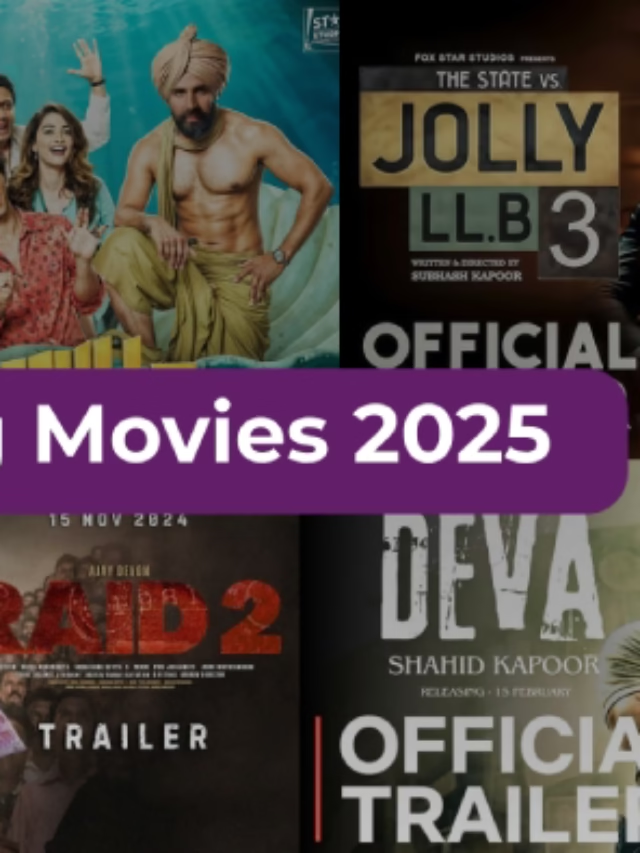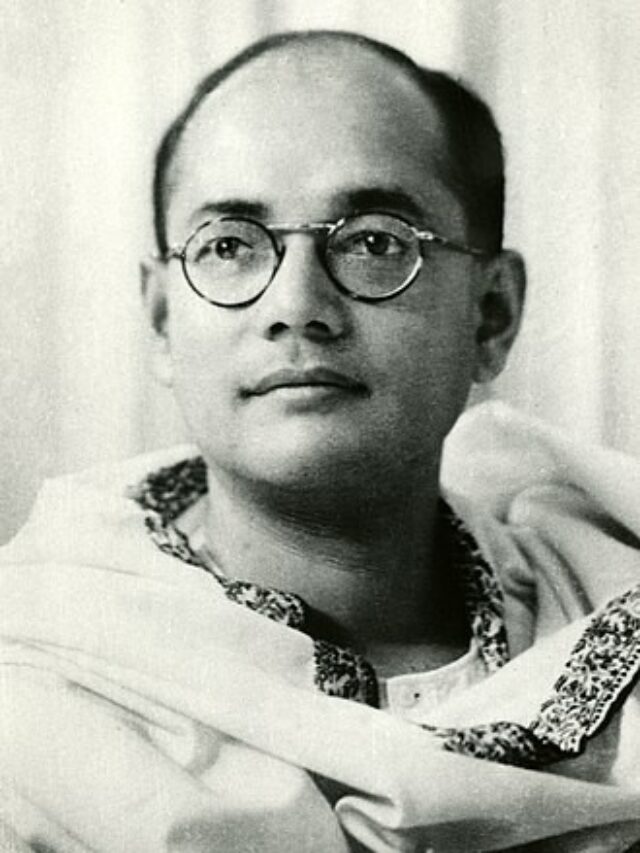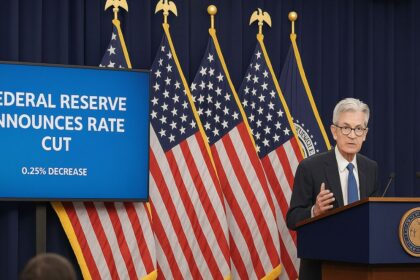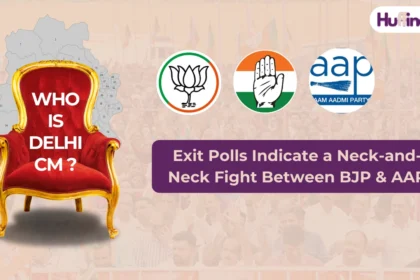New Delhi, September 16
India and the United States on Tuesday began their first in-person trade negotiations since the Trump administration imposed steep 50% tariffs on Indian goods earlier this year. The high-stakes meeting in New Delhi is being seen as a crucial attempt to repair strained trade relations between the two strategic partners.
The U.S. delegation is led by Brendan Lynch, Assistant U.S. Trade Representative (USTR) for South and Central Asia, while the Indian side is headed by Rajesh Agarwal, Special Secretary in the Commerce Ministry. The talks are expected to continue through the day with discussions on tariffs, market access, and non-tariff barriers.
Background: How tariffs strained ties
In early August, the U.S. announced a 25% reciprocal tariff on Indian imports, citing trade imbalances and long-standing concerns over Indian duties. Barely three weeks later, Washington slapped another 25% penalty tariff in retaliation to India’s continued purchase of Russian crude oil, pushing the overall duty level to 50% on a wide range of Indian exports.
The decision had an immediate impact on trade flows. According to official data, Indian exports to the U.S. — its largest trading partner — fell from $8.01 billion in July to $6.86 billion in August, a sharp month-on-month decline. Exporters in sectors such as textiles, engineering goods, and pharmaceuticals reported cancelled orders and thinning margins.
The tariff hike also worsened India’s trade deficit, even as overall merchandise exports slowed. Business associations on both sides have since lobbied for urgent dialogue to prevent long-term damage to bilateral commerce.
Stakes for India
For India, the talks come at a time when its export-driven industries are already grappling with global slowdown concerns. The 50% duty makes Indian products significantly less competitive in the U.S. market, which absorbs a substantial share of India’s outward shipments.
Exporters argue that unless tariffs are rolled back, small and medium businesses could face severe job losses. Several industry bodies, including the Federation of Indian Export Organisations (FIEO), have urged the government to seek immediate relief and explore interim arrangements until a full-fledged agreement is signed.
Commerce Secretary Sunil Barthwal told reporters on Monday that India will put forward its concerns in a “positive and constructive” manner. “We understand the political context in which these measures were taken, but at the same time, Indian exporters should not be punished for external factors beyond their control,” he said.
U.S. position: Market access and oil imports
On the American side, officials have repeatedly pointed to what they describe as “high Indian tariffs and non-tariff barriers” that restrict U.S. businesses. Trump-era trade advisors have accused New Delhi of running “the highest tariffs in the world,” calling for reciprocity and equal treatment.
Another sticking point is India’s continued purchase of discounted Russian oil despite U.S. sanctions pressure. Washington argues that such imports undermine its broader strategy against Moscow following the Ukraine conflict. Officials in New Delhi, however, have maintained that energy policy is a matter of sovereign decision-making and that India will continue to diversify supplies in line with its national interest.
A senior official in the Commerce Ministry said the U.S. is likely to raise this issue during the talks, although New Delhi is expected to push back strongly against any linkage between trade and geopolitical choices.
What the talks may cover
According to negotiators, today’s discussions will focus on three broad themes:
- Tariff rollback or relief – India is expected to press for suspension or phased reduction of the 50% tariffs, especially on sectors like textiles, pharmaceuticals, and engineering goods where the impact has been most severe.
- Non-tariff barriers – The U.S. will likely demand greater access for its companies in India’s agricultural and technology sectors, citing licensing, certification, and regulatory hurdles.
- Future trade framework – Both sides may use the meeting to prepare the ground for the next official round of Bilateral Trade Agreement (BTA) negotiations, laying out a roadmap and timelines for resolving outstanding issues.
While no breakthrough is guaranteed, trade experts say even a partial agreement — such as relief for a few sectors — would be a positive signal to markets and businesses.
Industry and expert reactions
Trade analysts describe the talks as a “reset moment” in India-U.S. relations. “The tariffs have created real pain on the ground. Both governments have political compulsions, but they also know that unresolved trade friction could spill into other areas of cooperation,” said Professor Arvind Singhal, a Delhi-based trade policy expert.
Exporters are more blunt. “Our orders are drying up. Buyers in the U.S. are shifting to Vietnam and Bangladesh because of high costs. Unless tariffs come down, we will lose long-term market share,” said Rajiv Mehta, a garment exporter from Noida.
American industry groups, too, have urged Washington to balance tariff measures with the need for a strong partnership with India. The U.S.-India Business Council (USIBC) in a recent note said both governments must “prioritise resolution of tariff disputes and avoid letting political disagreements derail economic cooperation.”
Challenges ahead
Despite optimism, several hurdles remain. Tariffs were imposed by Washington as a political bargaining tool, and rolling them back without concessions from India could be difficult. Similarly, India has limited space to reduce its own protective tariffs without hurting domestic industries.
Geopolitical factors complicate the picture further. The U.S. may continue to press India on Russian oil imports and strategic alignment, issues that New Delhi considers outside the scope of trade negotiations.
“Trust is a key issue,” said a senior official familiar with the talks. “Both sides want to move forward, but neither wants to be seen as conceding too much. That makes compromise tricky.”
Why this matters
The U.S. is India’s largest export destination, and disruptions to trade flows risk slowing economic growth at a time when India is aiming to expand its global market share. For Washington, keeping India engaged is vital to its larger Indo-Pacific strategy, where economic ties underpin security and political cooperation.
Observers say the outcome of today’s meeting will not just determine the fate of current tariffs but also signal the direction of the broader trade partnership. If talks succeed, they could pave the way for a comprehensive trade deal. If they fail, businesses on both sides may face prolonged uncertainty.
The road ahead
Officials from both delegations are expected to issue statements after the conclusion of Tuesday’s talks. If progress is made, the two sides may schedule the sixth formal round of trade negotiations later this year.
For now, exporters and businesses will watch closely for any relief measures, hoping that diplomacy can reverse the damage caused by the tariffs.





